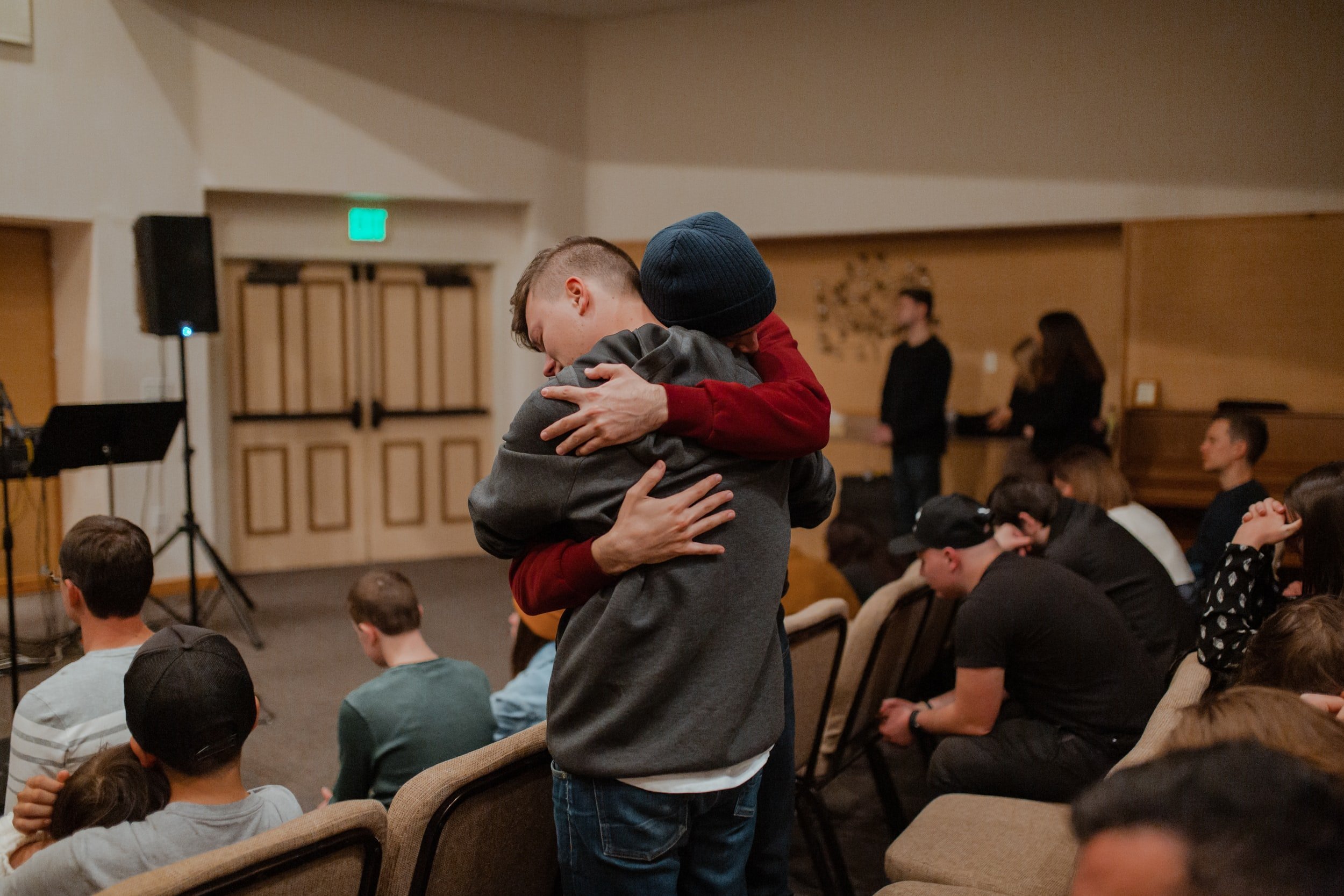The Push for Authentic Asian American Representation in the Media
AAPI Heritage Month Feature
Jeremy Hsing, director of short films, “Iridescence” and “Fish” has been searching all his life for the perfect way to weld his creative pursuits with his self-exploration journey. In this quest to express himself and his culture, Hsing found a passion for filmmaking and uses his writing and directing skills to tell his stories and inspire others to do the same.
“Iridescence,” his short film on his experiences with family, love, and mental health within underrepresented communities, was his bold introduction to the film world. Hsing called the difficult but rewarding process of making it and sharing it his own personal form of exposure therapy.
“It’s a short that combined intergenerational healing with my Asian American culture and also has some magical realism with its animation sequence,” he said.
Hsing wrote, produced, and directed the film himself, learning as he went along and pouring his life into every scene and frame. His vulnerable depiction of his mental health struggles found an audience in his family and opened the door to important conversations that Hsing said felt lacking in his family and within his Asian American culture.
“I didn’t make it for the art, I made it for the message and I think the message really resonated with my family, both immediate and extended. It opened up our conversation and made us all more open about mental health.”
For Hsing, being able to tell his story and have his family listen, and challenge some of the stigmas of mental health, was the first step to change.
“I think it's a generational, cultural stigma that manifests in different ways for each family, but there is that overarching theme of ‘I went through all this stuff in my life and experienced all this hardship, so whether it's unconscious or not, I displaced it onto the next generation’” he said in explanation of the often implicit stress this generation of POC, particularly those whose parents are immigrants, can feel.
“My goal, because of the privilege that I have in being born after these generations of hardship, is to try to end that intergenerational cycle so that if I have kids one day, they don’t have to experience trauma.”
Hsing’s demonstration of art and film as a way to change the lives and minds of everyday people is one of many examples of the power of media. Stories and the way they are told have the intimate ability to challenge ideas, beliefs, and stereotypes and in their place plant richer, more accepting narratives.
He finds inspiration in the Asian films Hollywood has produced lately, specifically diverse stories that pave the way for those who want to subtly but powerfully incite change and understanding with their content. It is the path he took and he was grateful in acknowledging that change is a slow but steady process – in the film industry and within himself and his family.
“Every generation of my bloodline, I guess, becomes slightly more progressive and open to deviating from the social norm, so I am a byproduct of that, for which I’m grateful.”
However, the media, much like the humans that create it, is still full of many biases and unfair depictions of people and cultures. Particularly during Asian American and Pacific Islander (AAPI) Heritage Month, we recognize the lack of representation being offered and more than that, the harmful, stereotypical representation of Asian Americans that often is seen in TV and film.
While a lot of progress has been made with movies like “Crazy Rich Asians” or the Netflix series “Never Have I Ever,” there is still a well-placed burden on directors to create work that addresses not only inaccuracies in cultural depictions but also seamlessly weaves said culture into the everyday lives of characters in a subtle and destigmatizing way.
“Pieces shouldn’t rely on cultural cliches; all of these characters are their own and human and I feel like that's what makes stories so successful. Not that they are an Asian cast, but because it's just a really good story, those are the type of stories that I want to tell,” Hsing said when asked about the current Asian American representation in television and film.
For Hsing, the strongest stories are about real people and cultures, a truth that you believe in. Lived experiences breed the best storytellers and much like other young, diverse creators, he was grateful for the chance to share an authentic part of himself through his films.
Hollywood can take a page out of his book and, as Hsing highlighted, realize that the richest and best form of representation are films and shows that don’t play on or rely on the typical cultural stereotypes or ideas one unfairly associates with Asian Americans.
“I think that media and art hold a lot of merit to society and society in the United States is becoming more diverse by the day. I don’t even think it’s performative, I think it’s just accurately reflecting what society is.”
Especially now during AAPI Heritage Month, it is more important than ever to recognize the struggles this often marginalized community faces and the valuable stories they can offer the world. Creating the space to share these stories and intently listening and learning is the responsibility of every creator and consumer. Whether it be to combat the very real generational trauma Asian Americans experience or a way for us to learn and work on our own inherent biases, Hsing has shown that while the media can perpetuate negative stereotypes, it can also beautifully change them, one family and one young creator at a time.
Mireille Karadanaian
CSS Intern















